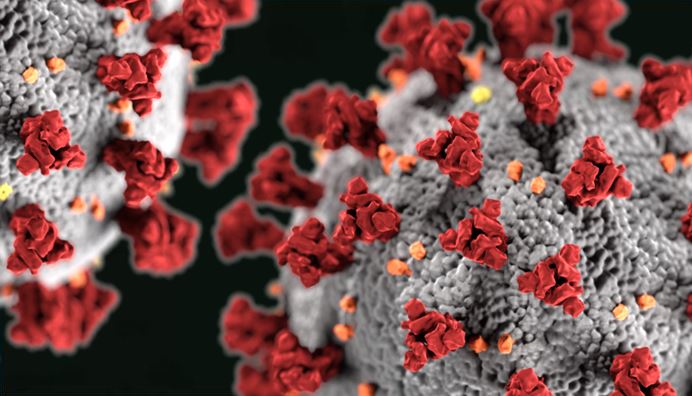Oct. 9 (UPI) — Black people are nearly three times as likely as White people to require hospitalization after getting infected with COVID-19, according to a study published Friday by EClinicalMedicine.
Those of Asian ethnicity are hospitalized due to the virus at the same rate as White people, but are 70% more likely to die once admitted than people in other racial and ethnic groups, the data showed.
“The finding[s] strongly [suggest] that other factors, possibly biological, are important and that we may need different treatment strategies for different ethnic groups,” study co-author Dr. Ajay Shah, a professor of cardiology at King’s College London, said in a statement.
“For Black patients, the issue may be how to prevent mild infection progressing to severe whereas for Asian patients it may be how to treat life-threatening complications,” said Shah, who also is on staff at King’s College Hospital.
In the United States, Black and Hispanic Americans have to date been at greater risk for getting infected with the new coronavirus, suffering from severe COVID-19 and dying from the virus, at least based on data from the Centers for Disease Control and Prevention.
A number of factors have been suggested as possible causes for these racial and ethnic disparities, including lack of access to quality care and the fact that people of color are more likely to be “essential workers” and unable to stay at home to reduce their risk for getting sick.
For this study, Shah and his colleagues analyzed data from 1,827 adult COVID-19 patients admitted to King’s College Hospital between March 1 and June 2.
They also compared a subset of 872 patients admitted to the hospital with 3,488 matched controls from the same region to determine how ethnic background is associated with the need for hospitalization for severe disease.
Of these 872 patients, 48.1% were Black, 33.7% were White, 12.6% were mixed and 5.6% were of Asian ethnicity, the researchers said.
Black patients in the study had a 2.2- to 2.7-fold higher risk for hospital admission than White patients, the data showed. However, in-hospital survival for Black patients was not significantly different from White patients, the researchers said.
Conversely, Asian patients did not have a higher risk of requiring hospital admission than White patients, but their in-hospital death rate and need for intensive care unit admission was higher than for patients of other backgrounds, according to the researchers.
Minority patients were 10 to 15 years younger than White patients and had a higher prevalence of underlying health conditions, particularly diabetes, the researchers said.
The findings suggest that while overall health and socioeconomic factors may contribute to the impact of COVID-19 on minority communities, there may be biological differences that play a role as well.
“People from Black, Asian and other minority ethnic backgrounds more often have heart and circulatory risk factors, including high blood pressure and diabetes, and are more exposed to socioeconomic disadvantage,” Dr. Sonya Babu-Narayan, associate medical director of the British Heart Foundation, said in a statement.
“Research is now needed to assess how other structural and behavioral factors may contribute, including occupation, access to health messaging and health care, and differences in the patient journey once people reach hospital,” she said.






